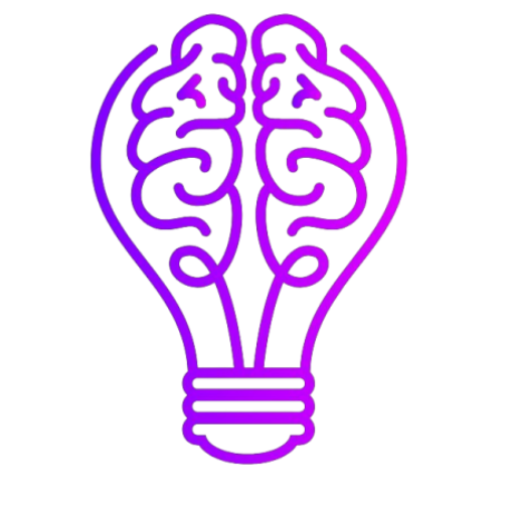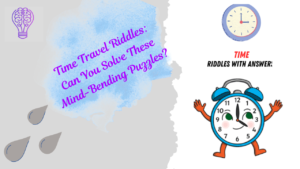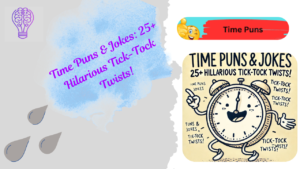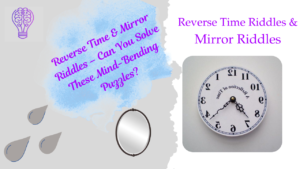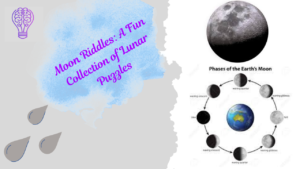10 Funny Riddles I Tell My Little Sister Every Weekend (With Explanations, Stories & Science!
Introduction
Every Saturday morning, my 8-year-old sister jumps into my bed with a giant smile and says the same line:
“Tell me riddles! The funny ones, not the brain-breaking ones.”
This little ritual of ours started when she was just 6. Sometimes, she even tries to trick me with her own versions — which are honestly hilarious.
Here are her 10 all-time favorite riddles, complete with explanations, hints, personal memories, and even some science behind why riddles are amazing for kids’ brains.
Riddle 1: “I wear a shell to guard my gold. You crack me open and breakfast unfolds. What am I?”
Answer: An egg
Hint: It’s in your kitchen. You probably had it for breakfast.
Explanation: An egg’s shell protects its insides, but we only get to use it once it’s cracked. It’s a simple metaphor kids can understand — sometimes, we need to break things open to discover their true value.
Personal Story: One time, she dropped three eggs while trying to help me make pancakes. We turned it into a giggle-fest and used the riddle as a teachable moment.
🔗 Learn More: USDA – Egg Basics
Riddle 2 : I drink up puddles without a mouth, shrink when squeezed, and always bounce back. What am I?”
Answer: A sponge
Hint: You’ll find me near soap, scrubbing dishes or backs.
Explanation (4 Lines):
Sponges are made from porous materials with tiny holes that trap liquid.
When you squeeze them, they release water but then expand again.
They’re used in cleaning, science labs, and even marine biology.
It introduces absorption, compression, and elasticity to young minds.
Personal Story:
My sister once named her sponge “Soaky.” She gave it a bubble bath of its own, then squeezed it and said, “He’s crying soap!” We both laughed and ended up turning it into a science experiment.
Riddle 3: “I stand with a bright heart, but the more I shine, the less of me remains. What am I?”
Answer: A candle
Hint: I glow in darkness and disappear with time.
Explanation (4 Lines):
Candles produce light by burning wax, which slowly melts and shortens their form.
This teaches kids about energy transformation — chemical energy turns into heat and light.
It also introduces time-based change and observation.
A perfect starting point for early science discussions.
One rainy night, the lights went out, and we lit a candle. My sister stared at the flickering flame and whispered, “It’s melting like ice cream fire!” Later, she timed how long it took to get smaller — and turned it into a countdown game.
Citation & Reference:
Riddle 4: “I never speak, yet I tell a tale. I follow your feet, but vanish without fail. What am I?””
Answer: Footsteps
Hint: It’s something we all do daily.
Explanation: Each step we take removes us from where we were — but it also leaves a trail. This riddle helps kids visualize actions and their consequences.
Personal Story: After a rainy walk, her muddy footsteps made perfect prints on the porch. That’s when she solved the riddle on her own.
Riddle 5: “What tells you when it’s time for cake but never takes a bite?”
Answer: A birthday clock
Hint: Think about birthdays and ticking.
Explanation: This riddle gives personality to a clock not just an object, but a silent party guest who reminds us of moments. It’s an imaginative twist that helps kids understand personification: giving objects human-like roles.
My little cousin decorated a paper plate like a clock and taped it to the wall on her birthday. She called it the “party commander.” We still joke about it every year.
Teaching Reference: National Writing Project – Teaching Figurative Language
Learn More: National Institute of Standards and Technology – Time
Riddle 6: “What gets wetter the more it dries?”
Answer: A towel
Hint: You use it right after a bath.
Explanation: The towel removes moisture from your body but it collects water in the process. This paradoxical riddle is fun and memorable.
One day after a swimming session, my sister dried off, then went, “Hey! The towel is getting wet now!” Boom she nailed the riddle.
Riddle 7 : “I dance across lakes, climb walls without hands, and vanish when touched. What am I?”
Answer: A shadow
Hint: You’ll see me only when the light is watching.
Explanation :
A shadow forms when light is blocked by an object, creating a silhouette.
It moves depending on the sun’s position or any light source.
Kids learn about light, angles, and how non-physical objects can “move.”
This introduces spatial reasoning and basic optics.
One evening, my sister tried to chase her shadow in the garden. She screamed, “It’s copying me!” We ended up having a shadow dance party and she now thinks her shadow is her “silent twin.”
Reference:
Riddles 8 : It’s not a word you often say, yet it follows you every day.
Others shout it, sing it, and know it by heart.
It’s part of who you are right from the start.
What am I?””
Answer: Your name
Hint: It’s the sound that turns heads in a crowd especially yours.
Explanation :
Your name is part of identity . it’s how others recognize and refer to you.
Psychologists say hearing your own name activates attention and memory centers in the brain.
It’s powerful, yet we rarely say it ourselves.
This riddle teaches kids about self-awareness and social interaction.
Personal Story:
My little sister once yelled her own name in the mirror to see if she could “summon herself.” When I asked how often she actually says her name, she went quiet — then giggled, “I guess only when I’m in trouble.”
Riddles 9 : I’m part of every word you read, yet I make no sound. I hide in plain sight and vanish when you speak. What am I?”
Answer: A silent letter
Hint: Think about words like “knight” or “honest” something is there, but you don’t hear it.
Explanation (4 Lines):
Silent letters are written but not pronounced, like the “k” in “know” or the “b” in “thumb.”
They teach kids that spelling and pronunciation don’t always match.
It sparks curiosity about language rules, memory, and phonetics.
A great brain teaser that connects literacy and logic.
One night, my sister asked why “ghost” had an “h” in it. I told her it was like a spooky letter hiding in costume. She ran around the house whispering “silent h” like it was a ghost name.
Citation & Reference:
Riddles 10 :“I have doors that never open, guards that never sleep, and riches locked in silence. What am I?”
Answer: A bank vault
Hint: You’ll find me deep inside something where people keep their treasure safe.
Explanation (4 Lines):
A vault stores valuable items like money or documents inside a bank.
It has doors, but they’re secure and rarely “open” in the usual sense.
Kids learn metaphor, security concepts, and abstract thinking.
Also introduces finance and trust in institutions.
Once at the bank, my brother whispered, “This place has secret treasure caves!” He stared at the vault and asked if pirates used it. Ever since, he calls banks “pirate-proof castles.”
Why Riddles Are Essential for Kids’ Development
According to the National Association for the Education of Young Children (NAEYC):
“Wordplay, riddles, and verbal puzzles support early cognitive development, helping children engage in abstract thinking, problem-solving, and flexible language use.”
🔗 Source: https://www.naeyc.org/resources/pubs/yc/nov2015/the-power-of-playful-learning
Conclusion: Why These Riddles Matter More Than Just Fun
Riddles aren’t just giggles and games they are gateways to thinking, bonding, and building lifelong learning habits.
From understanding science concepts like light and absorption to exploring language rules and self-awareness, these 10 riddles have sparked countless laughs and “aha!” moments with my sister.
And the best part? Every one of these riddles turned into a mini adventure — in the kitchen, the garden, or even at the bank.
So whether you’re a parent, teacher, or just a fun-loving sibling like me, bring these riddles into your weekend ritual. You’ll be surprised how much a simple puzzle can teach — and how much closer it brings you to the little minds around you.
Fun Kids' Riddles Quiz
Can you guess these classic riddles kids love? Let’s see how sharp your riddle brain is!
Q1: "I wear a shell to guard my gold. You crack me open and breakfast unfolds. What am I?"
Q2: "I drink up puddles without a mouth, shrink when squeezed, and always bounce back. What am I?"
Q3: "What gets wetter the more it dries?"
Q4: "I dance across lakes, climb walls without hands, and vanish when touched. What am I?"
Q5: "I’m part of every word you read, yet I make no sound. I hide in plain sight and vanish when you speak. What am I?"
